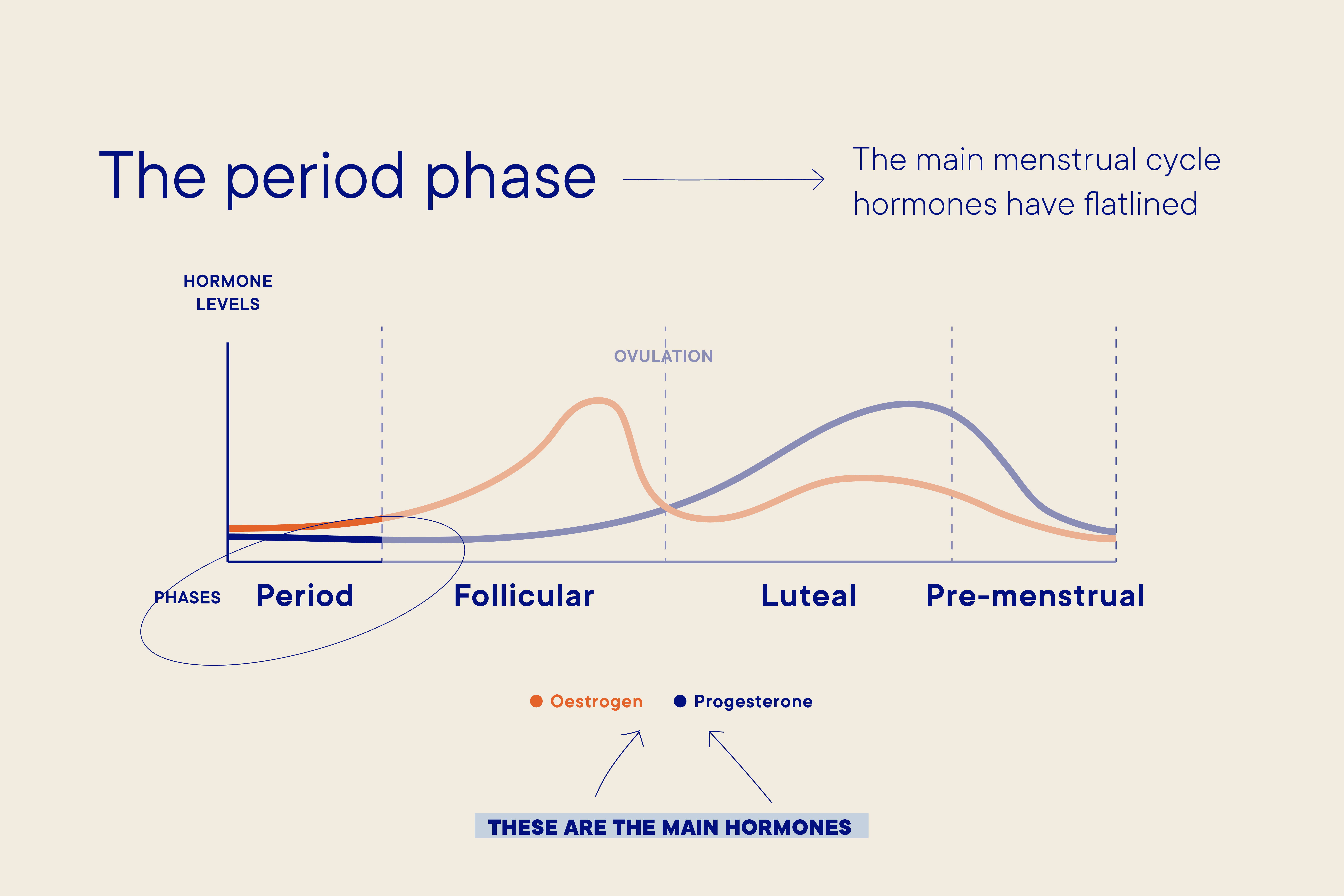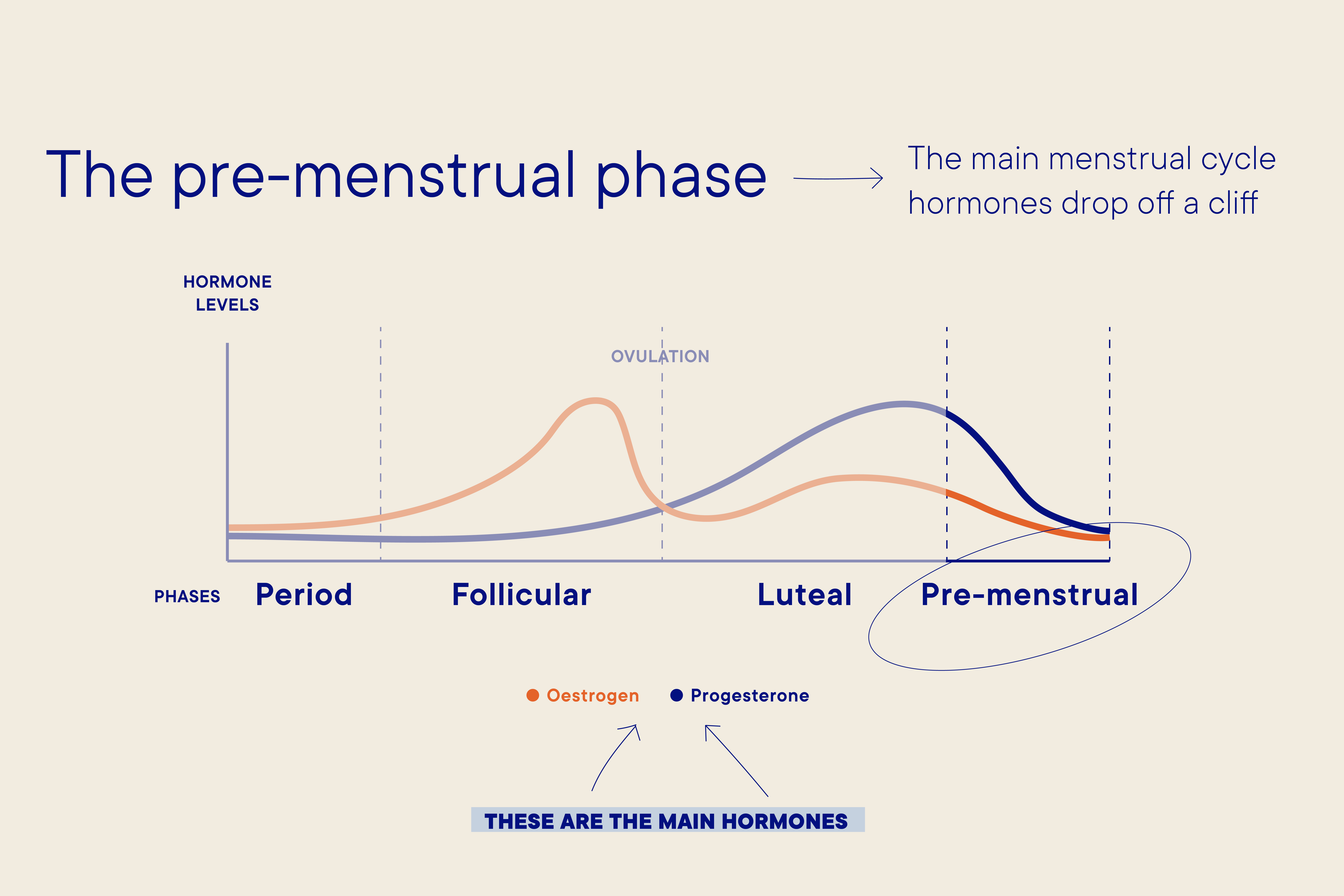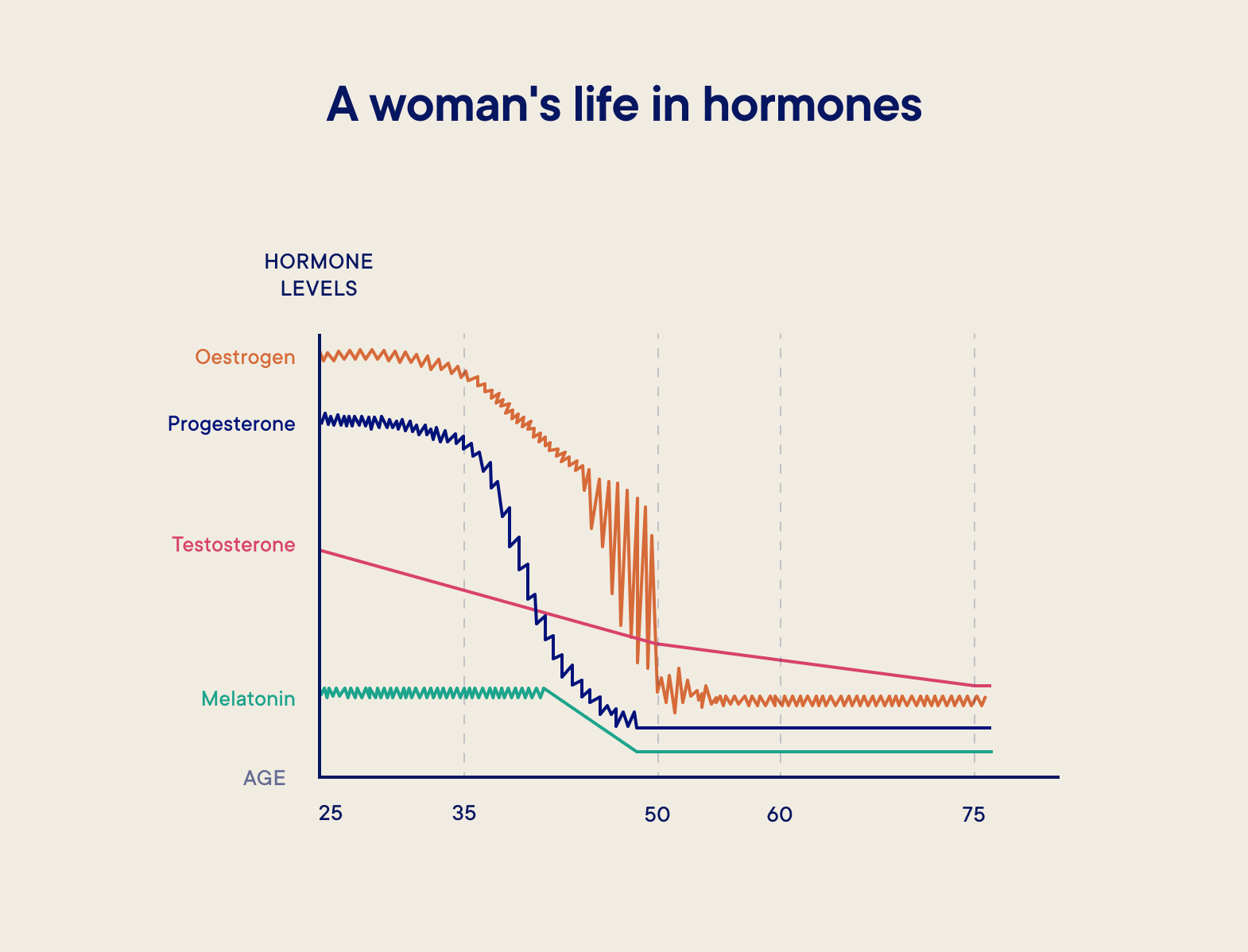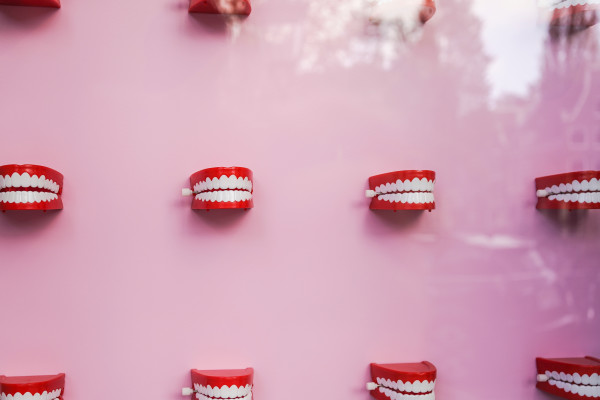Why am I more emotional at certain points in my menstrual cycle and what can I do about it?
a year ago
Cycle syncinga year ago
Cycle syncing
If you feel overwhelmed and tearful in the run-up to your period, it could be down to what’s happening hormonally. Jennis physiologist Dr Emma Ross explains what’s going on…
If you find yourself crying at things that wouldn’t normally upset you both before and during your period, pre-menstrual syndrome (PMS) could be the culprit.
Here, we look at what’s happening hormonally across each of the main menstrual cycle phases, then look at what you can do to reduce feelings of anxiety, tearfulness and low mood.

“ Your cycle hormones can have a powerful effect on your brain, so it’s actually normal to feel more emotionally fragile at different times of the month,” explains Jennis physiologist Dr Emma Ross.
During your Pre-menstrual Phase, which takes place towards the end of your cycle, your oestrogen and progesterone levels fall quite dramatically, which can have a quite profound effect on how you feel.
Oestrogen increases the amount of feel-good serotonin in the body and also the number of serotonin receptors in the brain. This means that when oestrogen levels fall (see graph above), there’s less serotonin available for the body to use – which can make you feel tearful, low and irritable.
PMS is less likely in women getting enough calcium and vitamin D
“Because low serotonin can also lead to poor sleep and food cravings during your Pre-menstrual Phase, you can feel over-tired and end up eating too many sugary carbohydrates to compensate,” explains Dr Emma.
Then there’s the effect that low oestrogen and progesterone levels have on another important brain chemical: dopamine . “Dopamine is known as the ‘reward neurotransmitter’ because it helps to manage pleasure-seeking, decision-making and motivation,” explains Dr Emma.
“ A 2018 review reported that dopamine is increased by oestrogen – so, when oestrogen levels are low (which is the case during your pre-menstrual phase), you’ll have lower levels of dopamine, too, which can make you feel unmotivated and less excited about things that would normally make you feel happy.
The good news is that there are simple lifestyle interventions that are proven to help.
To counteract the effects of low serotonin and its impact on your sleep, make sure you set yourself up for sleep success by making sure you exercise early in the day and choosing sessions that relax you without ramping you up too much – yoga for sleep; LISS (low intensity steady state) and Be Kind To Yourself stretch are all popular workouts on the Jennis programmes , designed specifically for the Pre-menstrual Phase.
You should also pay attention to sleep hygiene. Simple strategies, such as making sure your bedroom is dark and cool at night, aiming for the same bedtime every night and switching off digital devices at least an hour before you go to bed really do work,” says Dr Emma.
A study found that women who had enough vitamin B1 (thiamine) and vitamin B2 (riboflavin) in their diet were less likely to experience PMS symptoms. Vitamin B1 is found in pulses, nuts, yoghurt, fish, pork, and fortified cereals, while vitamin B2 is in dairy foods, eggs, lean red meat, salmon, and spinach.
PMS is less likely in women getting enough calcium and vitamin D, according to a study . “It’s thought that calcium levels in the blood are lower in the Pre-menstrual Phase than at other points in the menstrual cycle,” says Dr Emma, “and vitamin D is needed to help regulate calcium levels.” Dairy products, fortified plant milks and green leafy vegetables are all good sources of calcium. The main source of vitamin D is sunlight and, although it is found in oily fish, milk and mushrooms, it’s difficult to get enough from the diet, so between October and March, the NHS advises everyone to take a 10 mcg supplement of vitamin D a day .
We know you don’t always feel like star-jumping or burpeeing yourself into a sweat, but know that moving your body is a great mood-booster.
“ Studies show that exercise produces endorphins, helps manage progesterone and oestrogen production, and has an anti-inflammatory effect,” says Jennis founder Jess Ennis-Hill. “It doesn’t need to be a HIIT or hardcore burpee-filled hour-long session, either. A gentle yoga session, walk or Jennis Low Intensity Steady State session will all produce positive effects and counteract a low mood.”
Although low-serotonin can lead to cravings for sugary, salty and fatty foods, in this phase of your menstrual cycle it’s good to spot the cravings and opt for a healthy, balanced diet with plenty of fruits and vegetables, lean proteins, wholegrains, live yoghurt, nuts and seeds.

There are lots of reasons why you might feel more tearful during your period – and hormone levels may certainly play a part. If we look at the graph above, you can see that levels of oestrogen and progesterone are still low and, just as in the Pre-menstrual Phase, this can trigger a drop in the amount of feel-good serotonin and pleasure-giving dopamine in your blood.
Then there are the uncomfortable physical symptoms, including menstrual cramping, which is experienced by up to a third of women. A 2020 report found that menstrual pain can make you more likely to experience depression, anxiety and stress. And, if your cramps disrupt your sleep, you’ll also be battling with tiredness, which will make you feel under par and emotional.
Just as menstrual pain can cause stress, it’s also thought that stress can make menstrual cramps worse, according to a 2020 report . Because of this, make sure that you include a good dose of zen in your day, for example going for a walk, breathwork, yoga or reading a book.
By tracking your menstrual cycle and any trends in your moods that occur during certain phases, not only will it help you stay on top of your cycle length, but it will act as a reminder to stop giving yourself a hard time when you do feel low.
A study found that powdered ginger when given in 250mg capsules over four days was just as effective as ibuprofen and the prescription-only menstrual cramp drug mefenamic acid at stopping menstrual pain in students. So, stock up at your local health food shop and get slurping.
The herb, dill, when given as two capsules of 500mg powdered dill, worked just as well as mefenamic acid (a form of prescription-only pain relief), according to a study . Try chopping dill into salads and stews or serving with some oily fish like salmon.
“If your PMS lasts for longer than a few days, it starts in the Luteal Phase and has you feeling very depressed and crying a lot, it might be more than PMS,” says Dr Emma. “Instead, you could have a more severe form of PMS called premenstrual dysphoric disorder (PMDD) , thought to be caused by hormonal sensitivity and genes.”
Other symptoms of PMDD include:
Difficulty concentrating
Feeling irritable and angry
Headaches
Feeling bloated
Food cravings and binge-eating
Sleep problems
Muscle pain
“If you think you might have PMDD, please call your GP and ask for an appointment,” says Dr Emma. “Your doctor can give you support and treatment.”
“If your feelings of sadness are longer-lasting and you’re feeling low, anxious or down across your whole cycle, it might not be related to your menstrual cycle,” says Dr Emma. “If this sounds like you, it is important to talk to your GP, as you may have a medical condition, such as depression, that could be causing this.
By talking to your GP, you’ll be able to discuss strategies for helping you feel better, with lifestyle changes, talking therapies and medication all really helpful for mental health issues.”

Another cause of longer-lasting tearfulness can be the perimenopause – a lifestage for women that’s characterised by erratic fluctuations of oestrogen and progesterone.
“If you’re in your mid-40s and experiencing low mood, anxiety, plus irregular periods, hot flushes or difficulty sleeping, it is worth speaking to your GP,” says Dr Emma.
There is lots of helpful information on Perimenopause on the Jennis Perimenopause hub , plus a helpful piece on the other symptoms to look out for if you do think you might be perimenopausal.
 Cycle syncing
Cycle syncing Perimenopause
Perimenopause Perimenopause
Perimenopause Perimenopause
PerimenopauseSign up to learn everything you need to know about CycleMapping, plus how you can live better and feel better through optimising your fitness to you.
This website uses cookies to ensure you get the best experience on our website. Learn more

Sign up for the very latest news on women's fitness, health and hormones, plus be the first to receive exclusive offers and extras